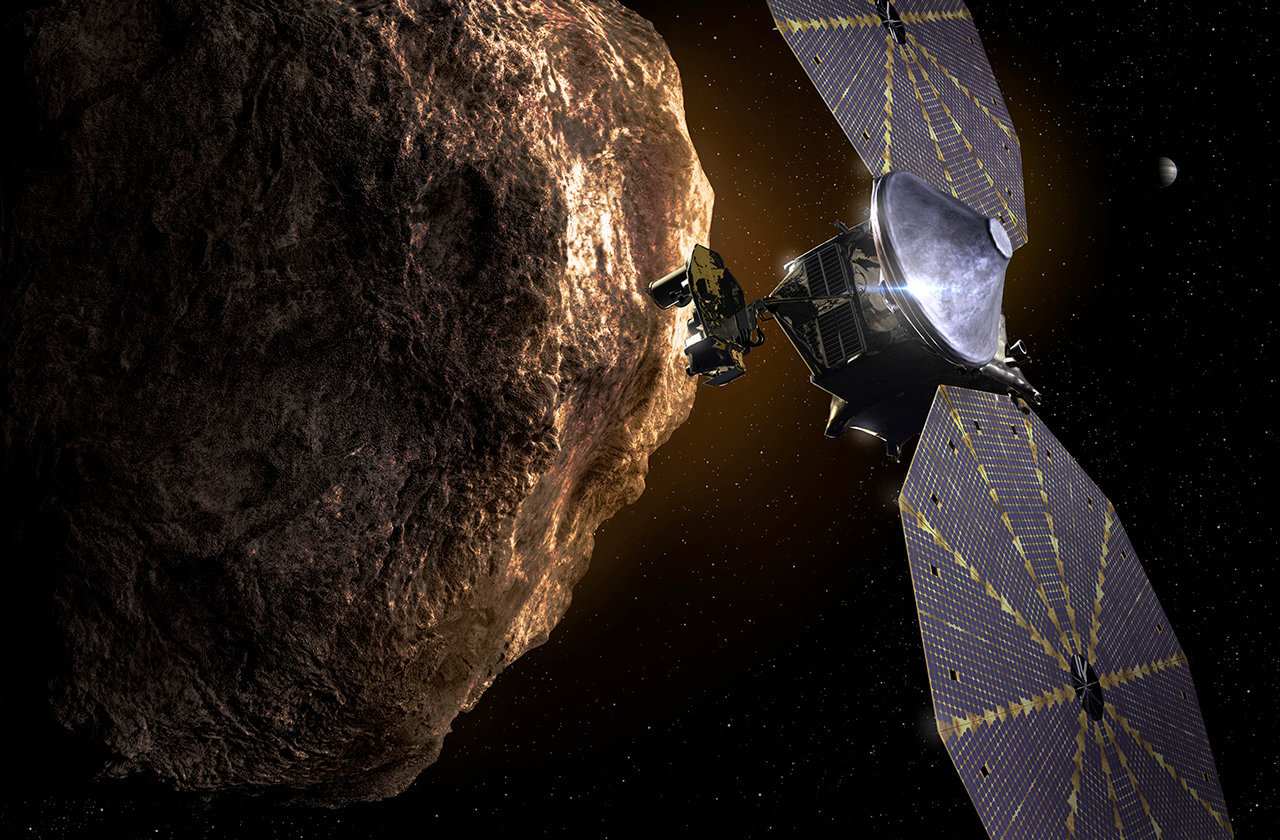

Resultant surf will be large.potentially damaging and life-threatening. This NASA handout image released July 20, 2015, shows Earth as seen on July. NOAA's Central Pacific Hurricane Center noted that large swells generated by Ignacio will continue along east and northeast facing shores of the Hawaiian Islands over the next couple of days. The Central Pacific Hurricane Center expects Ignacio to slowly weaken through early Thursday, September 3. That means that Kilo is a category one hurricane on the Saffir-Simpson Hurricane wind scale. Ignacio's maximum sustained winds dropped to near 80 mph (130 kph). The estimated minimum central pressure is 984 millibars. That's about 310 miles (495 km) east-northeast of Honolulu, Hawaii, and 275 miles (445 km) north-northeast of Hilo. HST), the center of Hurricane Ignacio was near latitude 23.5 north and longitude 153.7 west. In the image it appeared that Ignacio developed a tail that extended to the northeast as its clouds and thunderstorms were being pushed in that direction.Īt 11 a.m. EDT an infrared image from NOAA's GOES-West satellite clearly showed that that southwesterly vertical wind shear was affecting the storm. The National Hurricane Center noted that infrared data showed the central dense overcast clouds had now been completely sheared away and replaced with a "warmer banding feature across the western and northern semicircles." That means weaker thunderstorms with less cold cloud top temperatures, because there wasn't as much uplift in the atmosphere to push them higher.

Beginning May 25, 2023, the sea ice concentration data used in processing this dataset were switched from AMSR-E/AMSR2 Unified Level 3 Daily 12. However, AIRS also showed that southwesterly wind shear was pushing the thunderstorms to the northeast of the low-level center. Sea Ice Height Quick Look and Sea Ice Freeboard Quick Look Version 6. June 6, 2023: International Space Station Configuration. EDT), the AIRS data and showed some high, cold, strong thunderstorms surrounded the center where cloud top temperatures were near -63F/-53C. When NASA's Aqua satellite passed over Ignacio on September 1 at 11:41 UTC (7:41 a.m. The Atmospheric Infrared Sounder or AIRS instrument that flies aboard NASA's Aqua satellite gathers infrared data that reveals temperatures. Infrared satellite data on September 1 shows that wind shear is adversely affecting the storm and weakening it.

Sept 14: The new moon will arrive at 9:40 p.m. Hurricane Ignacio is staying far enough away from the Hawaiian Islands to not bring heavy rainfall or gusty winds, but is still causing rough surf. Launch dates are collected from NASA events, ESA news, Roscosmos space launch schedule. Image: This infrared image from NOAA's GOES-West satellite shows Hurricane Ignacio's clouds bring blown to the northeast from wind shear on Sept.


 0 kommentar(er)
0 kommentar(er)
